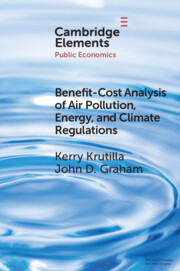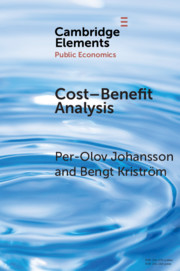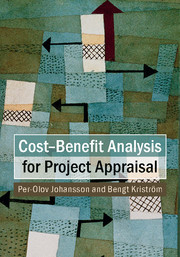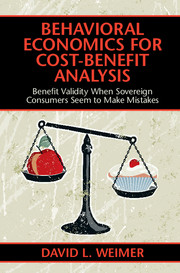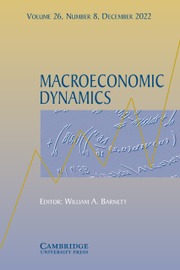Benefit-Cost Analysis of Air Pollution, Energy, and Climate Regulations
This element offers a review and synthesis of the research on economic methods for evaluating regulations that improve air quality, save energy, and reduce climate risks. The intended audience is regulators and other constituencies interested in the nexus between scholarship and practice; analysts in government agencies and research organizations; and academic scholars and their graduate students. Topics include the evolution of regulatory impact assessment in the OECD; cost estimation, including engineering, partial equilibrium, and general equilibrium approaches; benefit valuation, with an emphasis on the value of reducing risk of illness and premature mortality, and methods for pricing carbon emissions; discounting methods, and their relationship to carbon pricing; the distribution of regulatory costs and benefits; and uncertainty evaluation methods for addressing less and more fundamental uncertainty. Perspective on the relevance and limitations of current research is offered. This title is also available as Open Access on Cambridge Core.
Product details
June 2023Paperback
9781009189453
75 pages
230 × 152 × 5 mm
0.15kg
Available
Table of Contents
- 1. Introduction
- 2. The evolution of regulatory impact analysis
- 3. Regulatory cost estimation
- 4. Benefits of AEC regulations
- 5. Discounting for regulatory evaluation
- 6. Distributional effects
- 7. Uncertainty evaluation
- 8. Conclusion.

